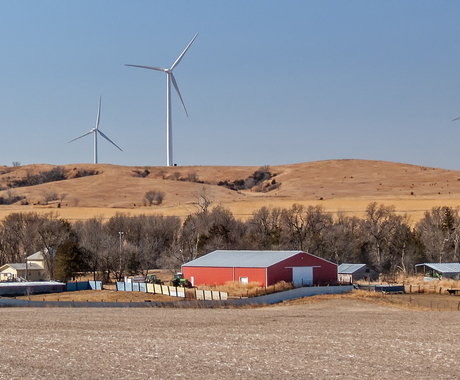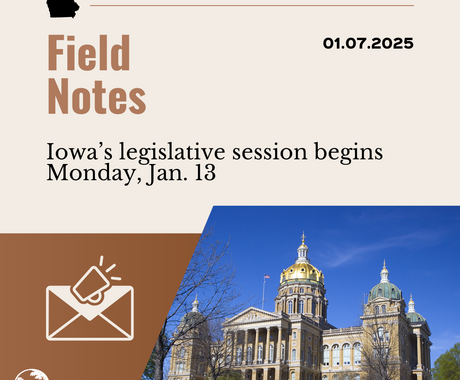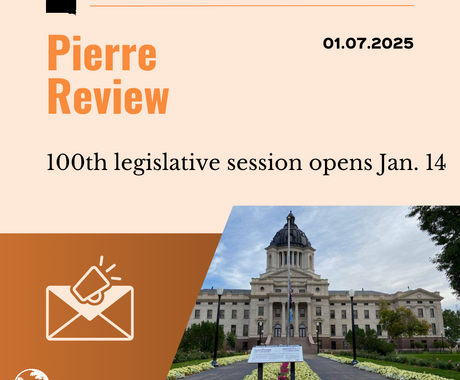Renewable wind energy has seen fantastic growth, generating cheap and clean energy across Midwestern states. The power of the wind is no secret to Iowans, as they’ve already worked to become leaders in the wind industry. Iowa currently generates 36 percent of its energy from wind, making it first in the nation for making use of wind energy. Investing in wind energy hasn’t just provided renewable energy to the state – it has also brought new economic opportunities to communities.
Iowa has installed enough wind capacity to power more than 1.6 million homes. The wind industry supports up to 9,000 jobs in the state, and projects generate as much as $20 million each year to landowners in the form of lease payments. Projects also provide new tax revenue to local counties and municipalities, offering new funds for important local services and schools for small towns and rural communities in Iowa.
Although Iowa has great resources to produce wind energy, the infrastructure to move that power around the state and sell it to other states continues to be a work in progress. Lack of electric transmission has been a roadblock for development of wind resources. The Midwest’s aging electric transmission grid was not set up to serve new, renewable forms of energy. Without available transmission, developing new wind energy is difficult, and many communities are unable to benefit.
Several transmission projects are currently under development that would help update Iowa’s transmission structure and would provide new connections to the larger grid. Some are called multi-value projects (MVPs) because they seek to supply these connections to new renewables while also improving reliability and relieving congestion on the electric grid.
One of these projects, MVP 7, is slated to begin construction in 2017. MVP 7 would be a 27-mile project that would run through Appanoose, Davis and Wapello counties.
Part of the development process includes the input of Iowans along the route, and local landowners working with developers to address siting issues surrounding these lines. With construction about to begin, we need to remember that public input is essential to the transmission development process. Developers must work with community members and landowners to ensure new transmission lines are built the right way.
With an updated and reliable electric grid developed with input from residents, communities can continue reaping the benefits of new wind development.





